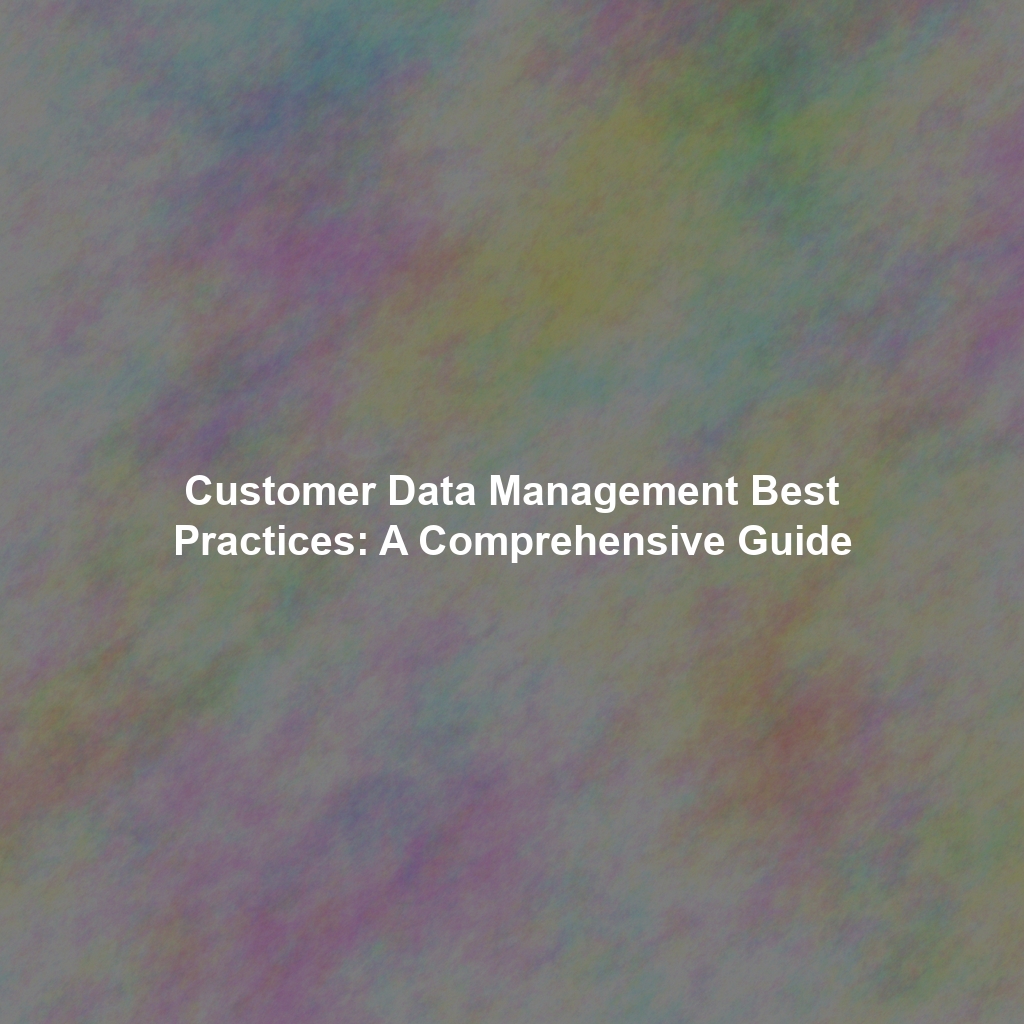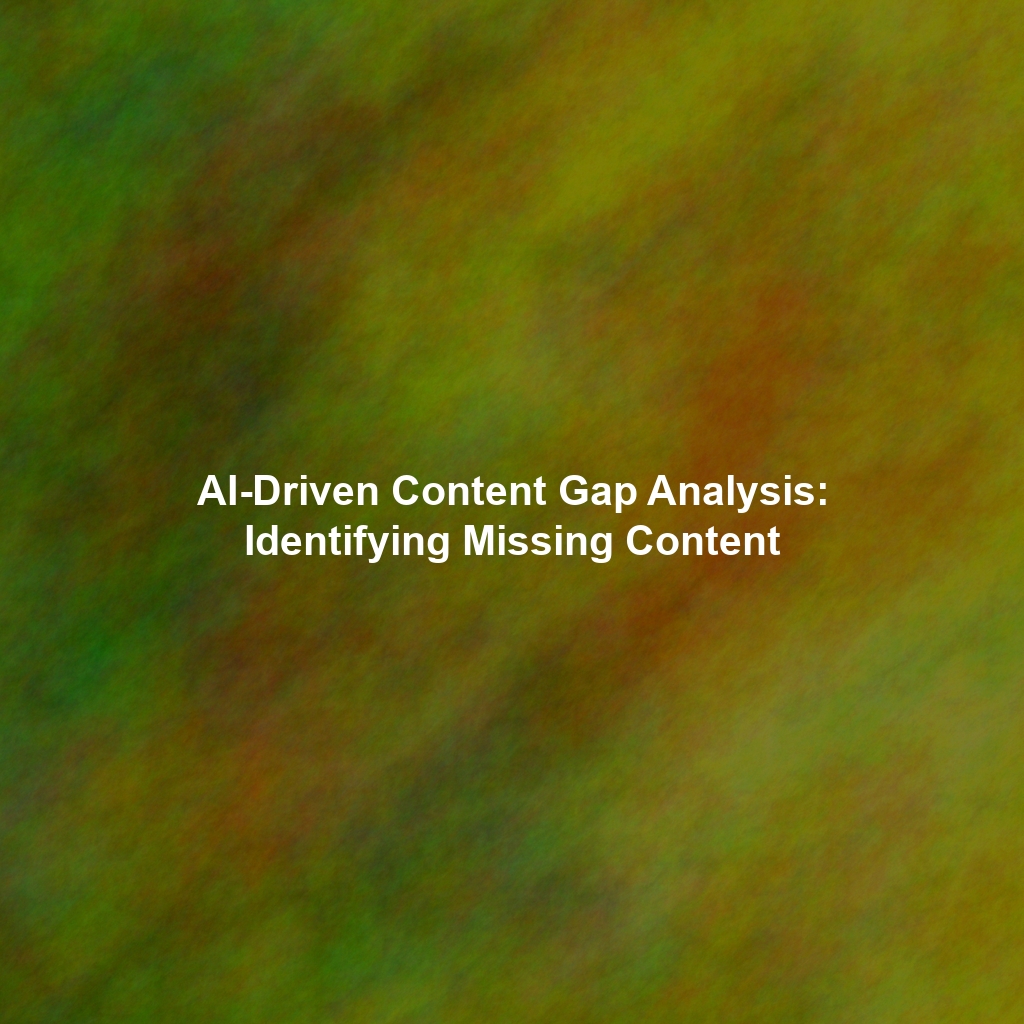Why Customer Data Management Matters in Today’s CRM Landscape
Imagine trying to build a house on shifting sand. That’s what attempting a CRM strategy without sound customer data management is like. Inaccurate, incomplete, or outdated data can lead to misdirected marketing campaigns, poor customer service interactions, and ultimately, lost revenue. On the other hand, well-managed customer data provides a 360-degree view of each customer, enabling personalized experiences, targeted marketing, and proactive support. This enhanced understanding fosters loyalty and advocacy, transforming customers into brand ambassadors.
Laying the Groundwork: Defining Your CDM Strategy
Before you dive into the technical aspects of customer data management, it’s crucial to define your overall strategy. This involves identifying your business goals, understanding your target audience, and establishing clear objectives for your CDM initiatives. This strategy should align directly with your broader CRM goals.
Defining Objectives and Key Performance Indicators (KPIs)
What do you hope to achieve with your CDM strategy? Are you aiming to improve customer retention rates? Increase sales conversions? Enhance customer satisfaction? Once you’ve identified your goals, you can establish specific, measurable, achievable, relevant, and time-bound (SMART) objectives. For example, “Increase customer retention by 15% within the next year” is a SMART objective. Then, define the KPIs you’ll use to track your progress towards these objectives. Common KPIs for CDM include data quality scores, data completeness rates, and customer lifetime value.
Identifying Key Data Sources
Customer data comes from various sources, both online and offline. These sources might include your CRM system, website analytics, social media platforms, email marketing campaigns, point-of-sale systems, and customer service interactions. Identifying these key data sources is crucial for creating a comprehensive view of your customers. A unified approach is key; think about ways to integrate these sources to achieve a single, consistent view of each customer.
Establishing Data Governance Policies
Data governance is the framework for managing and protecting your customer data. It encompasses policies, procedures, and standards that ensure data quality, accuracy, and security. A well-defined data governance policy should outline roles and responsibilities, data collection guidelines, data storage protocols, and data access controls. It should also address data privacy regulations, such as GDPR and CCPA, to ensure compliance.
Core Principles of Effective Customer Data Management
Several core principles underpin effective customer data management. Adhering to these principles will help you build a robust and reliable CDM system.
Data Quality: The Foundation of Trust
Data quality refers to the accuracy, completeness, consistency, and timeliness of your customer data. High-quality data is essential for making informed business decisions and delivering personalized customer experiences. Poor data quality, on the other hand, can lead to inaccurate insights, ineffective marketing campaigns, and damaged customer relationships. Invest in data cleansing and validation tools to identify and correct errors in your data.
Data Integration: Creating a Unified View
Data integration involves combining data from multiple sources into a single, unified view of each customer. This allows you to gain a holistic understanding of their needs, preferences, and behaviors. Data integration can be achieved through various methods, including data warehousing, data lakes, and real-time data streaming. Choose the integration method that best suits your business needs and technical capabilities.
Data Security: Protecting Customer Privacy
Data security is paramount in today’s digital age. Protecting customer data from unauthorized access, use, or disclosure is not only a legal requirement but also a moral imperative. Implement robust security measures, such as encryption, access controls, and intrusion detection systems, to safeguard your customer data. Regularly review and update your security protocols to stay ahead of evolving threats.
Data Privacy: Complying with Regulations
Data privacy regulations, such as GDPR and CCPA, grant individuals certain rights over their personal data. These rights include the right to access, rectify, erase, and restrict the processing of their data. Complying with these regulations is crucial for maintaining customer trust and avoiding legal penalties. Implement processes for handling data subject requests and ensuring transparency in your data collection and usage practices.
Data Enrichment: Adding Value to Your Data
Data enrichment involves supplementing your existing customer data with additional information from external sources. This can include demographic data, psychographic data, and purchase history data. Data enrichment can provide valuable insights into your customers’ behaviors and preferences, enabling you to personalize your marketing campaigns and improve your customer service interactions. Use reputable data providers and ensure that you comply with all applicable data privacy regulations.
Practical Strategies for Implementing CDM Best Practices
Now that you understand the core principles of customer data management, let’s explore some practical strategies for implementing these principles in your organization.
Choose the Right Technology
Selecting the right technology is crucial for effective customer data management. A Customer Data Platform (CDP) is a centralized system that unifies customer data from various sources, providing a single, unified view of each customer. CDPs offer features such as data integration, data cleansing, data enrichment, and segmentation. Alternatively, leverage the data management capabilities within your existing CRM or data warehouse solutions.
Establish Data Governance Procedures
Formalize your data governance policies by documenting clear procedures for data collection, storage, access, and usage. These procedures should be readily available to all employees who handle customer data. Regular training sessions can help ensure that everyone understands and adheres to these procedures. The focus should be on promoting a culture of data stewardship throughout the organization.
Implement Data Quality Monitoring
Regularly monitor your data quality to identify and correct errors. This can involve automated data quality checks, manual data reviews, and customer feedback mechanisms. Set up alerts to notify you of data quality issues as they arise. Address data quality issues promptly to prevent them from impacting your business operations.
Create a Single Customer View
Strive to create a single customer view (SCV) by integrating data from all relevant sources. This involves matching and merging data from different systems to create a complete and accurate profile for each customer. An SCV provides a holistic understanding of your customers, enabling you to deliver personalized experiences and targeted marketing campaigns. This view is the core benefit of a well-managed CDM system in relation to your CRM.
Segment Your Audience
Segment your customer base based on various criteria, such as demographics, psychographics, purchase history, and engagement level. This allows you to tailor your marketing messages and offers to specific customer segments. Personalized marketing campaigns are more effective than generic campaigns, leading to higher conversion rates and improved customer loyalty.
Automate Data Management Processes
Automate as many data management processes as possible to improve efficiency and reduce errors. This can include data integration, data cleansing, and data enrichment. Automation frees up your staff to focus on more strategic tasks, such as data analysis and customer engagement. Choose automation tools that are compatible with your existing systems and that offer robust security features.
Regularly Review and Update Your CDM Strategy
Customer data management is an ongoing process, not a one-time project. Regularly review and update your CDM strategy to ensure that it remains aligned with your business goals and that it addresses evolving data privacy regulations. Seek feedback from your stakeholders and continuously improve your CDM processes.
The Future of Customer Data Management
The field of customer data management is constantly evolving. Emerging technologies, such as artificial intelligence (AI) and machine learning (ML), are transforming how businesses collect, analyze, and use customer data. AI-powered tools can automate data cleansing, data enrichment, and data segmentation, while ML algorithms can predict customer behavior and personalize marketing messages. These advancements hold tremendous potential for improving customer experiences and driving business growth.
The Importance of Ethical Data Practices
As customer data management becomes more sophisticated, it’s increasingly important to adhere to ethical data practices. This means being transparent about how you collect and use customer data, respecting customer privacy, and avoiding discriminatory practices. Building trust with your customers is essential for long-term success. Organizations that prioritize ethical data practices will be best positioned to thrive in the future.
Conclusion: Mastering Customer Data Management for CRM Success
Effective customer data management is the cornerstone of a successful CRM strategy. By implementing the best practices outlined in this guide, you can build a robust and reliable CDM system that enables you to understand your customers better, personalize their experiences, and drive business growth. Remember that CDM is not a static project, but an ongoing journey of continuous improvement. Embrace the challenges and opportunities that lie ahead, and you’ll be well on your way to mastering customer data management for CRM success.
 Skip to content
Skip to content

